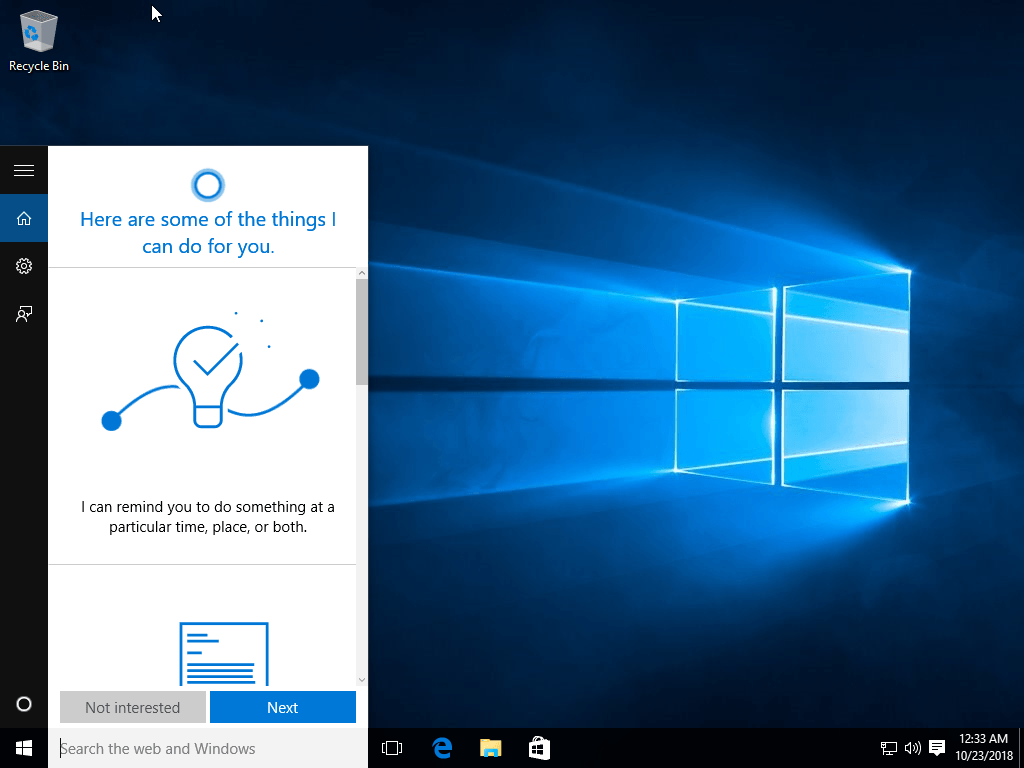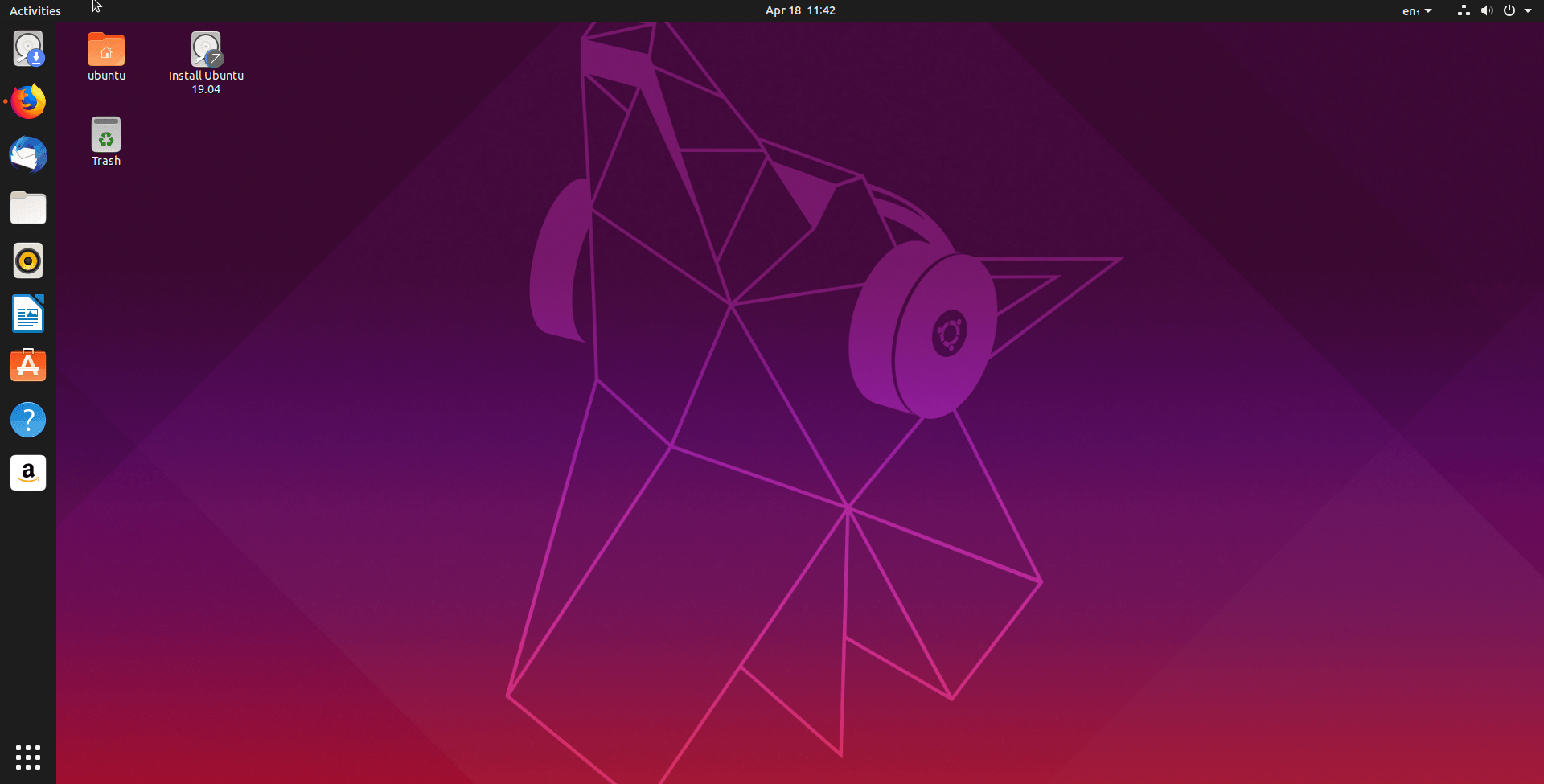

Furthermore, the BIOS / UEFI themselves treat USB media and optical discs differently during the boot phase. The boot loaders used for hard drives and USB drives are very different from those used for ISO files.
Rufus iso image extraction Pc#
The other important piece is called boot loader, an activated program during the PC boot phase allowing the user to choose which operating system to start. The first step is to read the ISO image file system (ISO9660 or UDF), extract it, and copy it to a FAT32 or NTFS file system: Difference between NTFS, FAT32, and exFAT: here’s what changes. How, then, to “adapt” the contents of an ISO file to a USB media and make it bootable? That is why all manufacturers prefer to publish images in ISO format almost exclusively. In some cases, therefore, after writing the contents of a DD image to USB media, Windows may not be able to read its contents due to the lack of support for the corresponding file system. In that case, DD images can use any of the dozens and dozens of different file systems available today. If the image thus created is smaller than the size of the media used by the person who will then use the DD image, the “apparent” capacity will be reduced.įurthermore, suppose optical discs and – consequently – ISO files can use only two file systems (ISO9660 and UDF), both of which have been supported by various operating systems “since the dawn of time”.

Imagine creating a DD image that is a mirror copy of USB media.
Rufus iso image extraction software#
Why, then, do most developers and software houses distribute their product image files solely as ISOs?Īpart from historical reasons, one of the main problems related to the distribution of DD Images is purely technical.

Given that ISO images do not automatically adapt to USB media use, you need “something” to do the “magic” and make compatible with what is not compatible. Rufus also supports DD images.VHD format (Microsoft version of DD images) and compressed formats. Some distributions, such as FreeBSD or Raspbian, also offer DD Images for direct use on USB media and ISO files for CD / DVD burning. In Rufus software, the 1: 1 copy of a USB media is called a DD Image (more simply Disk Image in Rufus 3.0). Unless you use ISOHybrid images created with the very intent of being usable on both USB and optical discs, 1: 1 copies referring to optical discs are not usable on USB drives and vice versa.


 0 kommentar(er)
0 kommentar(er)
